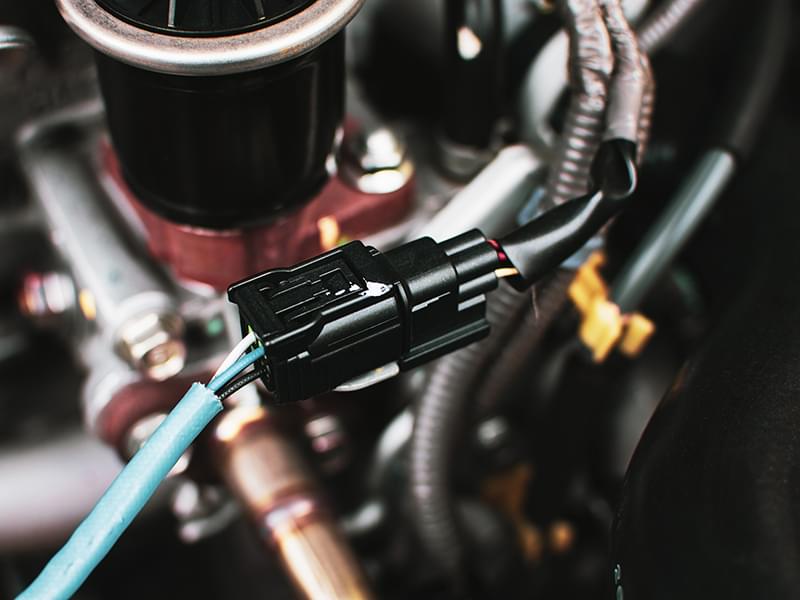Cars, trucks, and other passenger vehicles are equipped with a variety of sophisticated electronic components, such as
tire pressure monitoring systems (TPMS), capacitors, and circuit boards. And with autonomous and
electric vehicle technology on the rise, there are more sensors in the vehicle than ever.
Unlike consumer electronics that are primarily used in people’s homes, automotive electronics are subjected to the same rigorous service environment as any other
component throughout the vehicle. These components must be able to withstand the harsh conditions of the road, including extreme temperature changes, shock and vibration,
precipitation and moisture, debris, and more.
Because these components are subjected to such a variety of hazards, it is crucial to understand their ability to withstand each one individually. Each of these variables can be tested in an isolated laboratory environment to predict overall performance of automotive sensors and electronics.
Thermal Cycling
Thermal cycling, or temperature cycling, exposes the test sample to gradual temperature changes over an extended period of time. The temperature range and cycle period can be customized to assess an electronic component’s performance in its specific service environment. In some cases, temperature testing can also be used to
accelerate the testing process and observe long-term response to environmental conditions in a condensed timeframe.
Thermal Shock
Thermal shock recreates extreme and rapid temperature swings. As components continue to be designed smaller, thinner, and lighter in weight, these extreme temperature changes are even more critical for understanding the lifecycle of a product. One example would be starting a car that spent the night parked in the garage during the
dead of winter and then backed out into the environment. Testing engineers can observe how electronics and sensors perform when subjected to these dramatic temperature changes with a thermal shock chamber.
Vibration
Automotive components encounter many different kinds of
vibration while in service. From the constant vibration of a vehicle in operation to the random vibrations of rumble strips and operational changes, most vibration profiles can be recreated in a laboratory setting. Our team can subject sensors, circuit boards, and other components to a suite of tests to ensure they can withstand any type of vibration over a period of time.
Mechanical Shock
Mechanical shock recreates some of the more extreme jolts a component may experience in service. In a passenger car, this could be a speed bump or a thump from a piece of road debris. In a semi-truck, this could be hooking up to a trailer or backing into a loading dock. In any case, electronic components and sensors must be able to perform even after experiencing these impacts. An experienced test engineer can customize a test to recreate a specific type of impact or run a standardized to ensure general performance.
--
Our team of expert engineers can help you test your electronic component or sensor’s ability to endure and perform on the road. To learn more about laboratory testing for automotive electronics, get in touch with Christine Bythewood at 330-762-7441 or cbythewood@smithers.com.

